Entertainment
The Rise and Fall of MGM (And Why It’s Still Important)
Published
3 years agoon
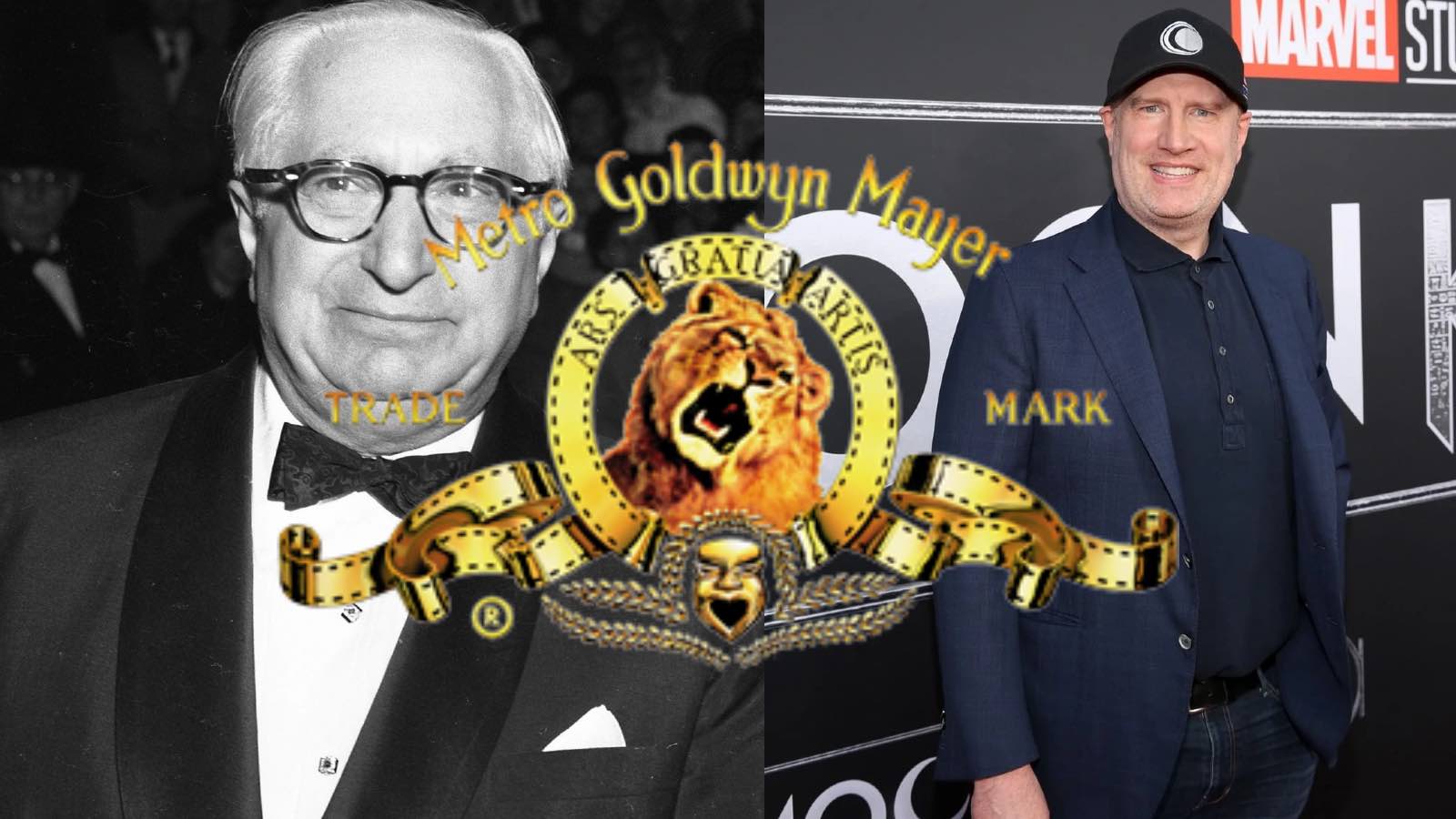
On July 29, MGM will release their first film since being acquired by Amazon earlier this year. Thirteen Lives, a Ron Howard drama about the 2018 Thai cave rescue, is getting a limited theatrical run before it heads to Amazon Prime on August 5.
It’s a sorry state of affairs for a studio that was one of the original “Big Five.” While MGM still has a decent slate of pictures on the horizon, the impression that they represent something—beyond a fancy lion title card—is long gone.
While the Amazon buyout reflects the growing consolidation of the film industry, it’s worth noting that MGM has essentially been in freefall for the better part of a century. How did we get here? What can today’s big studios learn from it? Let’s take a look.
The origins of MGM: When Metro-Goldwyn met Mayer
Prior to the Supreme Court’s 1948 U.S. v. Paramount decision, most movie theaters were owned by Hollywood studios, or vice versa. This arrangement made it almost impossible for independent films to get distributed, and pushed theaters to screen low-effort studio releases.
In the case of MGM, the studio was cobbled together by Marcus Loew of Loew’s theaters. He bought Metro Pictures in 1920 to get a steady supply of films for his theaters. Next, he purchased Goldwyn Pictures to supplement the catalog, and struck a deal with Louis B. Mayer to oversee the film operation. Thus, Metro-Goldwyn-Mayer was born.
Mayer was an icon of the Old Hollywood era. He was a founder of the Academy, a true believer in the magic of Hollywood glamor. Under his leadership, MGM claimed to house “more stars than there are in heaven.”
The golden years: When the lion was king
MGM hit the ground running, producing hundreds of films in its first few years. One of their first hits was the silent epic Ben-Hur (1925). Their stable of stars included new stars like Greta Garbo, established names like Buster Keaton, and big directors like King Vidor.
Their streak of success continued clear through to the end of the 1930s, when they shattered all records with their all-time hit, Gone with the Wind. That same year, they got widespread acclaim for a big-budget film that failed to turn a profit: The Wizard of Oz.
Despite the ravages of the Great Depression, MGM was the only studio that never lost money. They kept this annual streak running all the way into 1957. What happened in 1957? Well…
The 1940s: Troubled waters
For all the allure of MGM’s glamorous image, it also came with a sense of stagnation. While MGM was among the first studios to employ Technicolor, it was the last to shift to sound. They were equally unprepared for the advances of the late 1940s, such as television and the Paramount ruling.
By the time Paramount was handed down, MGM was already flailing. They had decreased their output from 50 movies a year to 25, relying increasingly on “safe” crowd-pleasers with few outsized hits.
Faced with dire circumstances, they brought a hot new producer on board, Dore Schary. Schary and Mayer clashed over films like Battleground (1949), but as Schary’s picks succeeded, MGM’s investors went with him.
Beginning of the end: Mayer gets fired
In 1951, Louis B. Mayer was removed from his position at MGM, replaced by Dore Schary. While this change may have been needed, it couldn’t have come at a worse time. Loew’s and MGM were both in dire straits as they split in response to the Paramount ruling.
Schary’s reign saw a few hits (Singin’ in the Rain), but just as many flops (Brigadoon). He pinched pennies by cutting contracts (including Judy Garland), but after one too many big budget disasters, he, too, was removed.
1956-7 is probably the year that MGM was well and truly dead. Schary, studio chief Nicholas Schenck, and general manager Eddie Mannix all departed in ‘56. Louis B. Mayer died in 1957, the same year that the studio shuttered its animation department. All their contract players were let go by 1960.
Back from the dead: Why we still know MGM today
By all accounts, MGM should’ve gone the way of RKO. How did it maintain enough cultural relevance to be worth $8.5 billion to Amazon?
Well, the studio made another big move in 1956. They started MGM Television, a division aimed at selling the TV rights to their back catalog. Their big swing: selling The Wizard of Oz to CBS. In 1957, it became the first Hollywood film ever to be screened in full on prime time TV.
It’s hard to overstate how crucial this new, annual tradition of screening Oz was for keeping MGM relevant. They continued to have hits like Ben-Hur and 2001 throughout the ‘50s and ‘60s, but their lasting, stable impact came from practically every American seeing The Wizard of Oz.
The other big move happened in 1969: billionaire hotelier Kirk Kerkorian acquired a majority stake in MGM. He attached the studio’s legacy of glamor to his Vegas hotels, launching the luxury MGM Grand brand.
By 1979, Kerkorian declared that MGM was now primarily a hotel company. Business as usual continued in the film division, with a rotating cast of producers creating a mixed bag of films. MGM never stopped producing, but their brand identity was already gone.
Lessons learned: what the MGM story means for Hollywood
There are plenty of wild stories from the ensuing decades of MGM. They hired a known embezzler as president of the studio. Kerkorian sold the studio and bought it back twice. They gave Sony the rights to Spider-Man in exchange for the one James Bond story they didn’t own.
But throughout all that, the MGM label has been just that: a label. Up to and beyond their 2010 bankruptcy filing, nostalgia for MGM has gone from longing for old-school Hollywood glamor to fond memories of seeing a lion roar for a few seconds.
Old Hollywood and the streaming wars

In 2020, a federal judge overturned the Paramount decrees, ruling that the conditions of that time couldn’t be replicated in today’s industry. While that may be true, the streaming wars open up a similar conflict.
When theaters were shuttered during the pandemic, streaming services were the principal film distributors. Amazon, owners of one of the major streamers, also bought a big-name studio. While little has come of it, they’ve also flirted with owning theaters, including AMC and Landmark.
The Old Hollywood studio system was undone by SCOTUS, but also by changing trends. Audiences turned to television, and established names like Mayer became out of touch. If streamers are the new studios, they’re left with the same question: what happens when audiences get tired of the same old slop?
The slippery slope of brand identity
Perhaps the closest modern analog to Mayer is Kevin Feige, the famously hands-on head of Marvel Studios. Like Mayer, Feige has a penchant for glamor, big stars, and consistent studio identity.
Marvel now finds itself in a similar rut to MGM at the turn of the ‘40s. Fresh off their biggest blockbuster, it’s not clear where they’ll go from here. Suddenly, all their biggest stars are gone or stepping away. They’re losing their iron grip on a fickle market. Three of their last four movies were critical and commercial disappointments.
According to reports, Feige himself is growing fatigued with overseeing a consistent style and timeline for the MCU. In these current conditions, does Marvel stick around for ten years? Do they pivot to hotels? Or do they end up like the current MGM lion, a clout-heavy label to be put on whatever the current investors see fit?
You may like
Entertainment
Taylor Swift’s Fortune: The Billionaire Behind The Eras Tour
Published
2 months agoon
January 17, 2025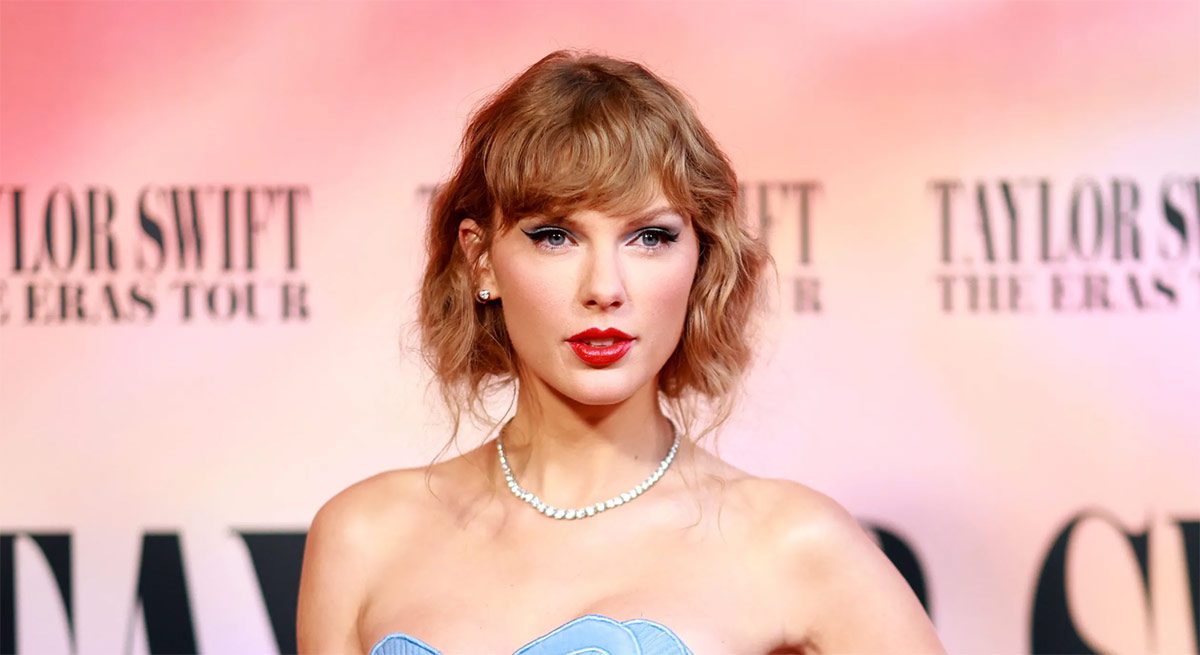
Taylor Swift’s journey in music has been nothing but extraordinary, phenomenal, even. From a young country music singer-songwriter to a global pop culture icon, she has consistently pushed the boundaries of what it means to be a successful artist. With a $1.6 billion real-time net worth as of this writing, her fortune is built not only on her musical talent but also from her savvy business acumen and deep connection with her fans.
Taylor Swift’s Rise to Stardom
First making a name in the world of country music, Taylor Swift began her musical journey as a teenage prodigy. She signed with Big Machine Records at the age of 14, and by 2006, she had released her self-titled album.
This gained her much-needed attention, thanks to the incredible mix of catchy melodies, heartfelt lyrics, and a distinct country-pop sound. A few tracks (Tim McGraw and Teardrops on My Guitar) became instant hits and anthems for her young listeners. Swift’s amazing ability to capture the complexities of adolescence resonated loudly with fans and, with much authenticity, built her a loyal following.
The release of her 2014 album, 1989, showcased Swift’s exploration of a broader musical territory. Her transition from country to pop was met with critical and commercial success, paving the way for a larger global audience and expanding her reach beyond country music. This album cemented her position as a mainstream pop icon.
Since then, Swift has garnered recognition, including 12 Grammy Awards, while solidifying her status as a cultural icon.
The Business of Taylor Swift
Another significant component of Taylor Swift’s success comes from her keen business acumen. Early in her career, she made one of her most strategic moves: securing the ownership of her songwriting rights. Her deal with Big Machine Records resulted in the label owning the rights to her first six albums.
To gain control over her creative work, Swift rerecorded and rereleased her music, calling them Taylor’s Versions. This was met with immense commercial success while raising awareness about the challenges artists face in the music industry. This positioned her as a voice for change and a powerful advocate for fellow musicians.
The business savvy didn’t end with Taylor Swift’s music. Endorsements, investments, and partnerships also added to her wealth. Then there’s the merchandising empire, which is a huge part of Taylor Swift’s financial success. Swifties, as her fans call themselves, are fiercely loyal and would buy exclusive merch tied to Swift’s albums, tours, and personal branding.
The Financial Impact of “The Eras Tour”
And the buck doesn’t stop there. The Eras Tour has been a game-changer for Taylor Swift. It set new records and reshaped the live music industry. It became one of the highest-grossing in history, with some estimates at over a billion dollars in revenue. While it showcases her universal appeal, it also boosted economies in cities around the world.
Each of Swift’s performances became a celebration of her musical journey. They were replete with stunning stage designs, elaborate setlists, and personal storytelling, creating an immersive experience that gave the show a once-in-a-lifetime feel.
The influx of Swifties impacted host cities economically. Local businesses such as hotels, restaurants, and transportation benefited greatly from the tour.
Taylor Swift: The Savvy Businesswoman
Carefully managing her brand and image led Taylor Swift to success beyond her music. She evolved with her audience but remained true to her values. Controlling her narrative, she has crafted a relatable yet aspirational persona that resonates well with millions.
Additionally, Swift has aligned her brand with various social causes, reinforcing her image as a musician and entrepreneur who uses her success to make a positive impact. She does this by using her platform to speak out on issues such as LGBTQ+ rights, women’s empowerment, political activism, and overall encouraging change.
The Road to a Billion
Taylor Swift’s road to billionaire status is a result of her diverse income streams. We now know her wealth comes from music royalties, specifically The Eras Tour, merchandise sales, and smart investments. She further strengthened her financial portfolio by investing in real estate, tech companies, and her own production company.
When you compare her to other artists who have reached billionaire status, such as Rihanna and Jay-Z, you’ll see that her success is distinguished by her complete control over her music and brand. While others entered other industries like fashion and beauty, Swift focused on her music, tours, and merchandise, creating a self-sustaining financial empire.
The Cultural Phenomenon
There is no doubt, Taylor Swift is a cultural phenomenon, and this is thanks to her enduring connection with her fanbase, the Swifties. She has built a solid relationship with them through genuine interactions, storytelling, and a sense of community. She has shown an openness in social media that, alongside her relatable lyrics, connected her with fans on a deeper and more personal level.
Taylor Swift has indeed shaped pop culture and the entertainment industry by setting trends, challenging norms, and advocating for causes she believes in. From fashion trends to how artists navigate their careers, Swift has made her impact. Most importantly, her authenticity has set her apart.
She has displayed the ability to evolve musically while maintaining her values, earning her the loyalty of her diverse following. Her lyrics are deeply personal, touching on various subjects like love, heartbreak, and self-discovery, echoing the sentiments of her listeners on a universal level.
Final Thoughts
From a country music star to a global icon, Taylor Swift has to thank her unparalleled talent, strategic thinking, and deep connection to her fans. Her savvy business moves, groundbreaking tours, and authenticity have helped her amass a fortune while transforming her into a cultural phenomenon.
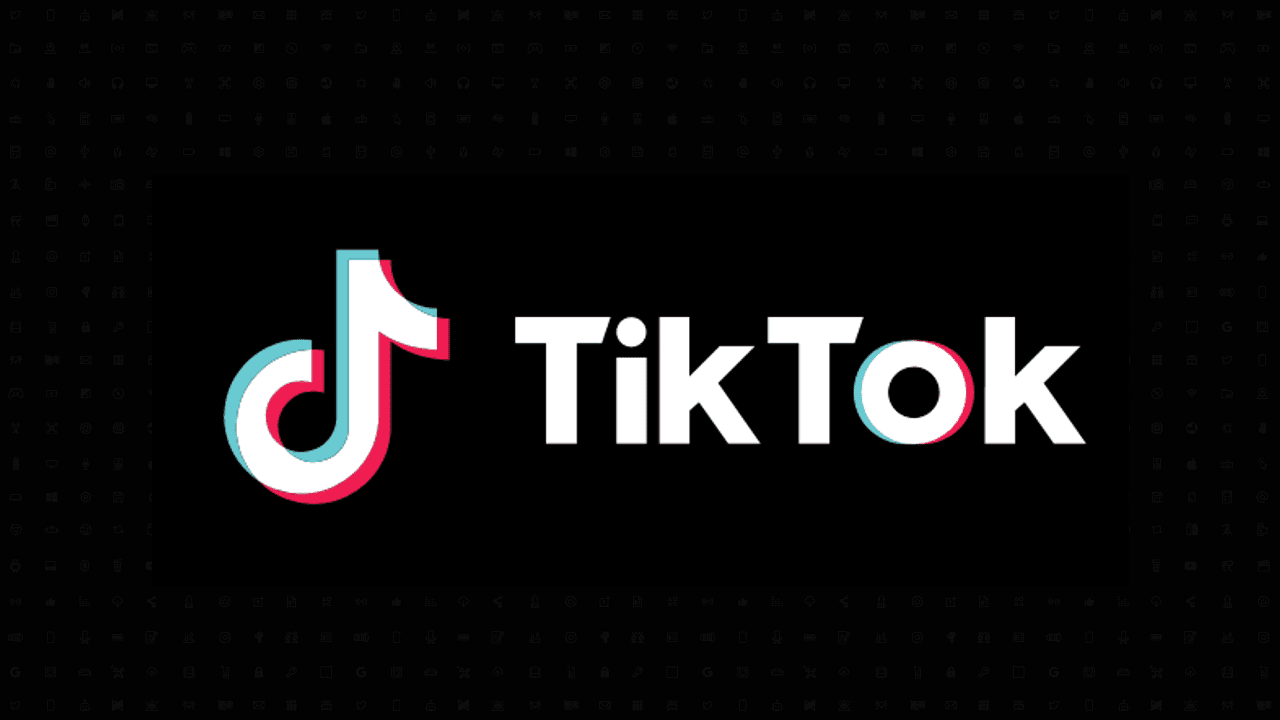
Any avid TikTok user wouldn’t pass up the opportunity to join the TikTok trend bandwagon. And who doesn’t? TikTok is one of the top platforms for Gen Zs and millennials. You could go from zero followers one day to a million views and followers the next day—provided your content is entertaining. Whether you’re new to TikTok or not, not lagging behind the best TikTok trends is easy. All you have to do is follow the top influencers and accounts. But don’t fret. We’ve done the searching for you. Here are 10 top TikTok trends you should try if you’re looking to achieve fame in a day or two!
1. Hairstyle transformation
Hair can transform a person into a whole new person just by changing the style, cut, volume, or color! TikTok users are using the platform to show off their new hairstyles—in a fun way! They show before-and-after images or clips, some with jaw-dropping transformations, and you won’t even know it’s the same person.
Watch this example.
2. Eco-friendly DIYs
Sustainability is a massive part of any content. Whether it’s a business or personal account, focusing on sustainability will get you more followers from like-minded users. Brands are also posting more videos that show sustainable processes and resources. However, if you’re just hugging trees and kissing flowers out here, you can create eco-friendly DIY projects on TikToks to make your clips more meaningful.
Here’s a video of an empty soda bottle turned into a mini fan!
3. Pet challenges
Pets are also a good way to capture the heartstrings of any user, young or old. Content is always meaningful when you include your loving furry companions. Pet challenges involve making your pets perform tricks from prompts, often with trending music. One of the newest pet TikTok trends is the “hands-in” challenge.
Here’s a hands-in challenge video.
4. Trending dances
TikTok’s trending dances never fail! These are always the first viral videos, especially with newly released sounds. These trends are also the simplest to follow if you don’t have two left feet. Some dance moves are easy, such as swaying your hips or moving your hands. Meanwhile, some are more complicated depending on the music. If you want to create a fun TikTok video, trending dances are a go-to!
Here’s the trending Tiramisu Cake dance.
5. Street interviews
Street interviews are also gaining more popularity on TikTok as these videos are fun, candid, and entertaining. Interviewers or content creators can stop anyone on the street and ask them random questions. These questions can vary from recent events and celebrity issues to fun, lighthearted questions. TikTok users enjoy watching these videos because knowing what people think about specific issues or topics is entertaining, especially when put on the spot.
Here’s an example.
6. Recipe remixes
If your TikTok content is about food, you shouldn’t miss recipe remixes. It refers to chefs or cooks cooking traditional dishes and putting their twist to make them interesting. This can also include adding new and unconventional cooking techniques to share something new with aspiring chefs. You can innovate a classic dish from your country or another country and see which process gains more kudos from followers.
This is a TikTok video of a dumpling mix turned into a taco.
7. 90s nostalgia
If you’re a 90s kid, any 90s-related TikTok content will surely make you smile. Bringing the 90s back on a modern platform is nothing new in social media. Creating content that takes you back to the 90s about music, dance crazes, fashion, toys, and trends connects with the right people. While this attracts people in the 90s era, content like this can also interest the new generations that have caught up with it or want to learn more about it. After all, everything in the 90s was way more interesting!
Here’s someone dancing to nostalgic 90s music.
8. A day-in-the-life content
A “day in the life” content is one of the top TikTok trends. This shows your followers what you do daily. Content creators offer their fanbase a peek into their lives, from waking up in the morning and going to work to cooking dinner and bedtime routines. Content like this is suitable for popular creators or influencers to gain more loyalty from their fans. Adding a personal touch to your content will make you seem like someone they can relate with and reach out to. Also, ensure you respond to your fans’ comments in a non-templated manner.
Here’s someone’s day-in-the-life vlog from waking up and going home after a day’s work.
9 Home organization
Home organization TikTok trends are for homeowners who like to keep things neat. These types of content are also informative and benefit followers, encouraging more users to follow your account. Whether it’s showing off your favorite home organization hacks or educating followers on how to create tidier spaces, these videos will impress users, provided they are high-quality.
Watch this example.
10. POVs
You can also create some funny POV (point-of-view) videos about anything. These videos entertain and help you connect with your users, mainly if you publish relatable circumstances. Being a real and genuine content creator is crucial, so you’re building that virtual rapport with your audience. POV videos also take serious situations and turn them into lighthearted jokes.
Here’s a funny POV video.
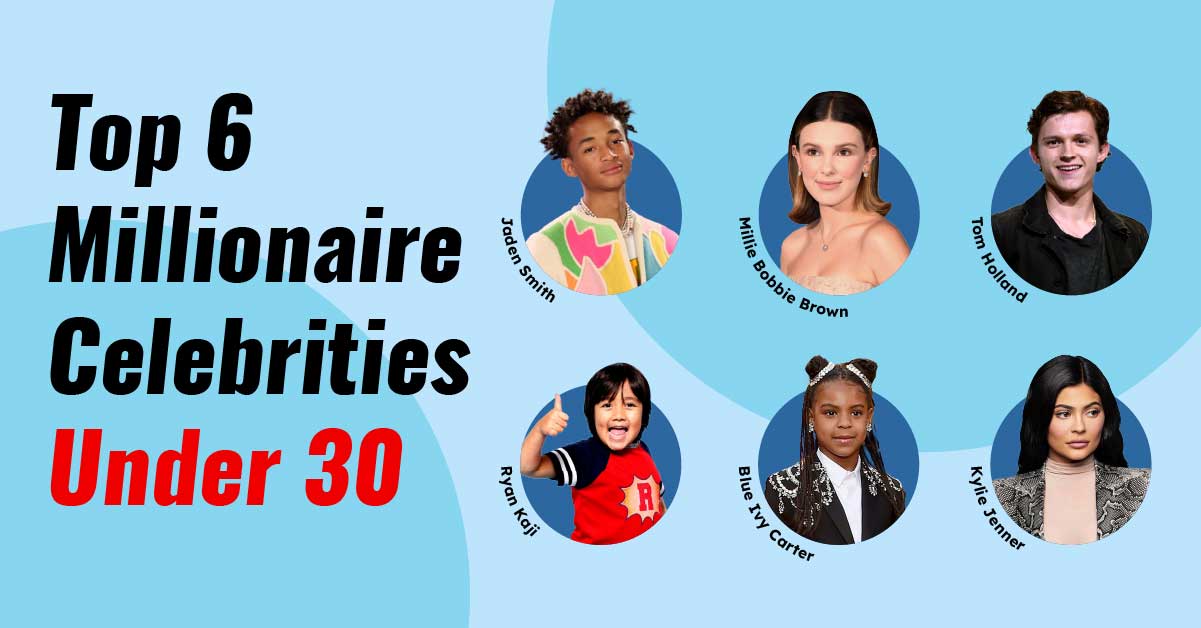
While some dream of striking it rich before the first gray hair sprouts on their heads, these celebrities are already there. Using brains, hustle, and a sprinkle of stardust, these financial titans are crushing it, and crushing it real good! Here are six millionaires under 30:
Jaden Smith (25 years old)
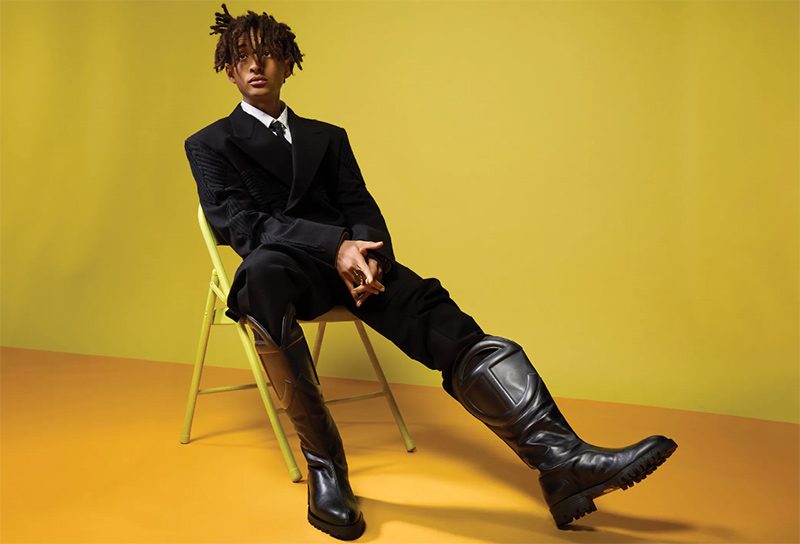
Image Source: FN
At 24, first on our list is Will Smith and Jada Pinkett Smith’s son, Jaden Smith. Playing around with his creativity in music, acting, and fashion while amassing a net worth of around $8 million. He built his empire starting with Justin Bieber’s song “Never Say Never,” which launched him into stardom.
Many dismiss this success as riding on his parents’ coattails; however, the hits kept coming, proof that the guy was carving his own path. Next, he conquered films with starring roles in The Karate Kid, After Earth, The Get Down, and many others. By this time, he has co-founded the fashion brand MsftsRep.
Millie Bobbie Brown (19 years old)
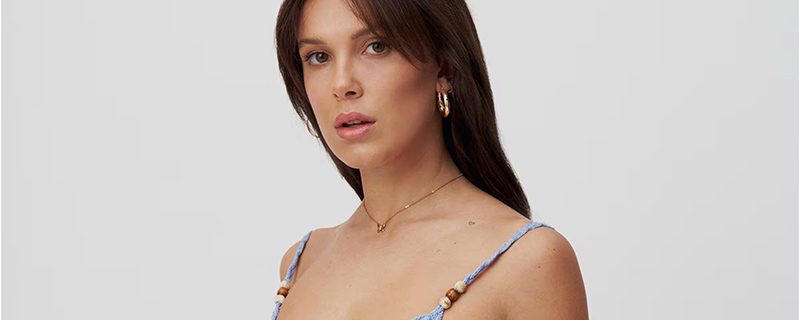
Image Source: Wallpapersden
Not just Eleven from Stranger Things, Millie Bobbie Brown has become a global phenomenon. While her fantastic portrayal of the innocent but powerful girl in the Netflix series was what catapulted her to fame, Millie is more than that. Slowly, she is building her empire with her brilliant acting, producing, and entrepreneurship skills, inspiring Gen Zs and millennials worldwide.
Millie Bobbie Brown’s net worth of around $20 million comes from her acting endeavors Godzilla: King of the Monsters and Enola Holmes, proving that she went far beyond the sleepy town of Hawkins. She also launched her cosmetics, Florence by Mills, a vegan and cruelty-free line for teens. Millie is also UNICEF’s Goodwill Ambassador, raising awareness for children’s rights and climate change.
Tom Holland (27 years old)

Image Source: Rock & Pop
You may know him as the friendly neighborhood Spiderman, but did you know Tom Holland is also the adorable kid flying through the air in Billy Elliot? And did you also know that his net worth is estimated at around $20.6 million? This comes from his roles in the Spiderman franchise as well as other acting stints.
Aside from his immense talent, his meteoric rise comes from several endeavors, the films Cherry, Chaos Walking, Uncharted, and many others. Beyond dancing and web-slinging, Tom also has a heart of gold. He is an advocate for mental health awareness and many other causes.
Ryan Kaji (12 years old)

Image Source: NWC
When they say to start them young, this YouTuber did as he was told. Ryan Kaji, at 12 years old, is one of the world’s most popular content creators on the platform. He has more than 34 million subscribers and over 54 billion views, a feat many older people only dream of. He does this by reviewing toys, doing science experiments, and going on adventures.
With an estimated net worth of $32 million, Ryan has already branched out to a variety of ventures, such as a toy line, clothing line, and a TV series. His infectious energy, winning personality, and strong social media presence all contributed to his inspiring success.
Blue Ivy Carter (12 years old)
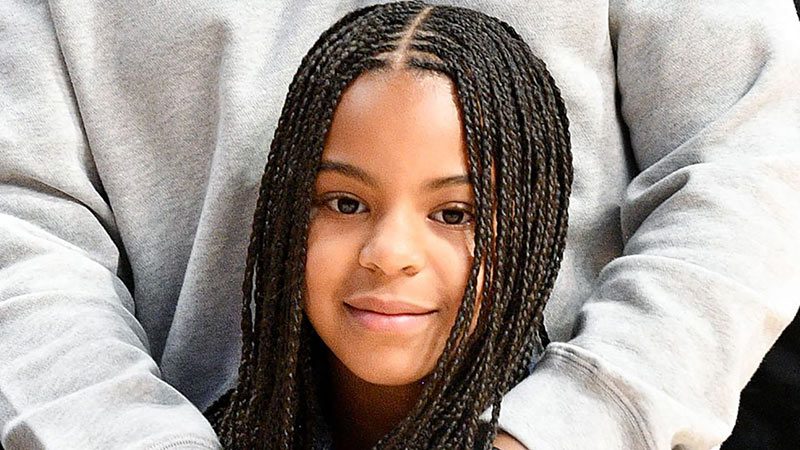
Image Source: CNN
An heiress to her parents’ humongous empire in the world of music, fashion, and cultural influence, Blue Ivy Carter is slowly but surely carving a solid path that’s uniquely her own. With an estimated net worth of around $800 million, Blue Ivy is also racking up a list of achievements. She is the second-youngest person to ever win a Grammy for her and her mother’s music video for the hit “Brown Skin Girl.”
Not only did she appear in the video, she also co-wrote the song, showcasing her talent in songwriting. She also has her own fashion line called Ivy Park Kids, following her mother’s footsteps in Ivy Park. This shows that Blue Ivy isn’t just her parents’ daughter but a talented young thing ready to take on the music and fashion world.
Kylie Jenner (26 years old)
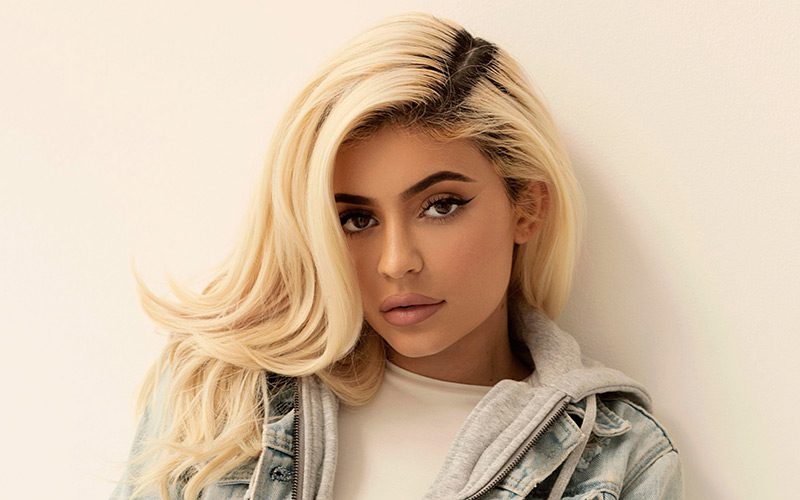
Image Source: HDQWalls
The youngest of the Kardashian-Jenner family, Kylie Jenner went beyond TV fame and stepped out of her sisters’ shadows by becoming a self-made billionaire. Yes, you read that right: Kylie’s net worth is estimated at around $1 billion. Despite controversies, she successfully built her cosmetics brand and influenced millions with her every move.
Kylie launched Kylie Cosmetics by Kylie Jenner, Kylie Skin, and Kylie Baby in 2015, and by 2019, she sold a majority stake to beauty giant Coty for a whopping $600 million. This solidifies her status as a beauty mogul, young billionaire, and social media superstar.

Digital Nomads Flock To These 10 Amazing Tax-Free Cities

Adopting a Cat? Here’s Your 5-Item Starter Kit

Discover 2025’s Top 10 Online Banks for Smart Savings

The Latest In The AI Boom: What Entrepreneurs Need To Know In 2025

Taylor Swift’s Fortune: The Billionaire Behind The Eras Tour

8 Popular Mobile Payment Systems

